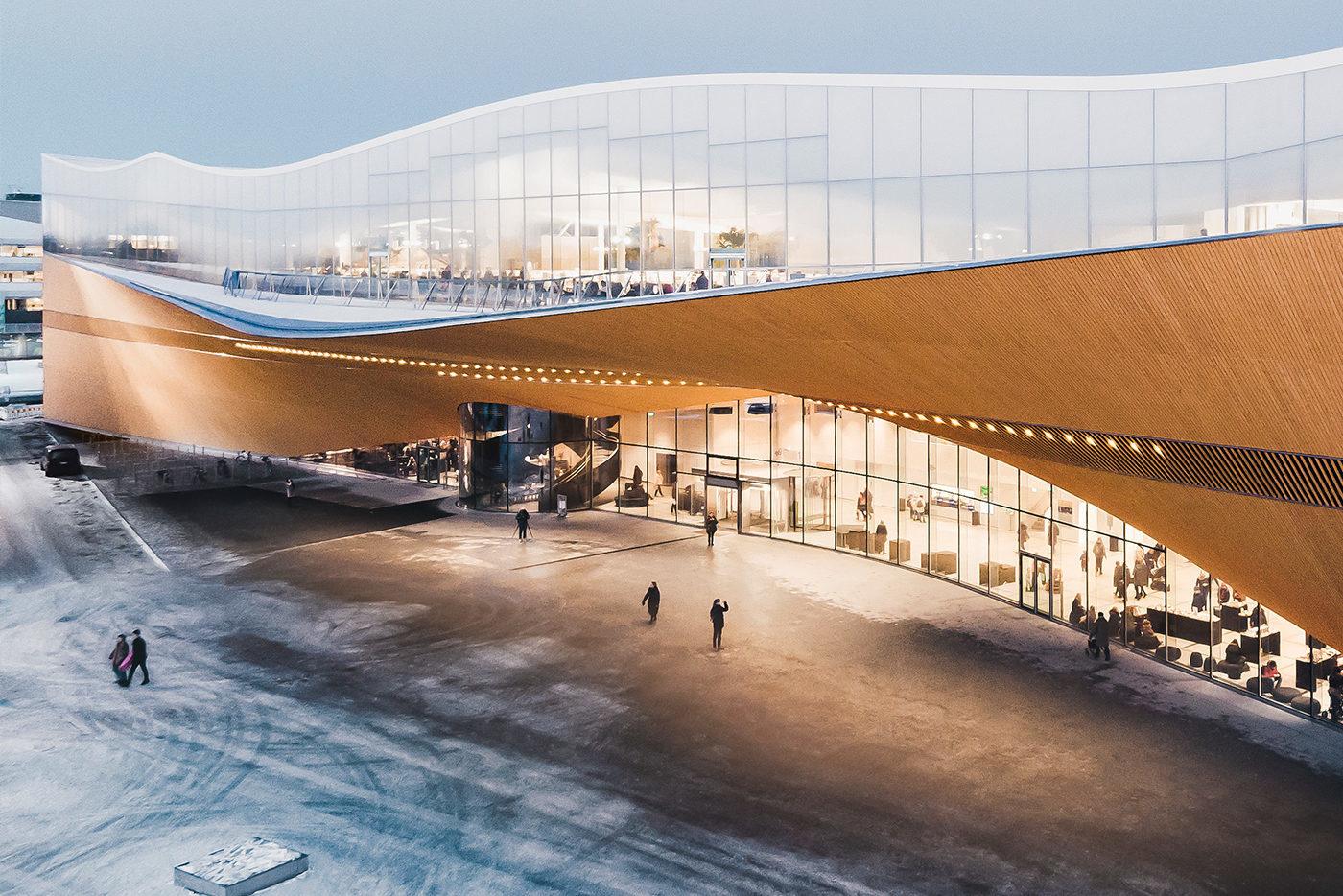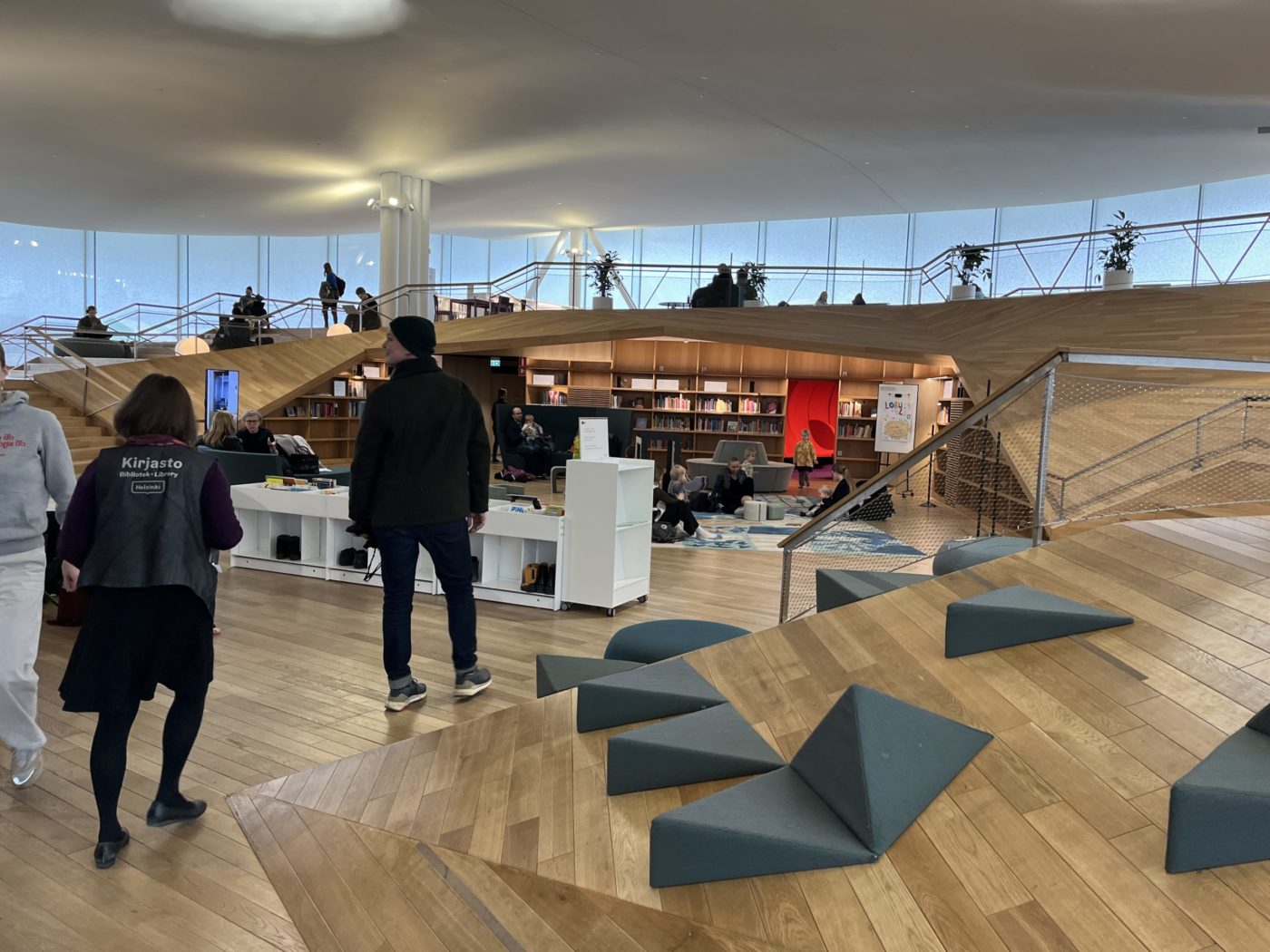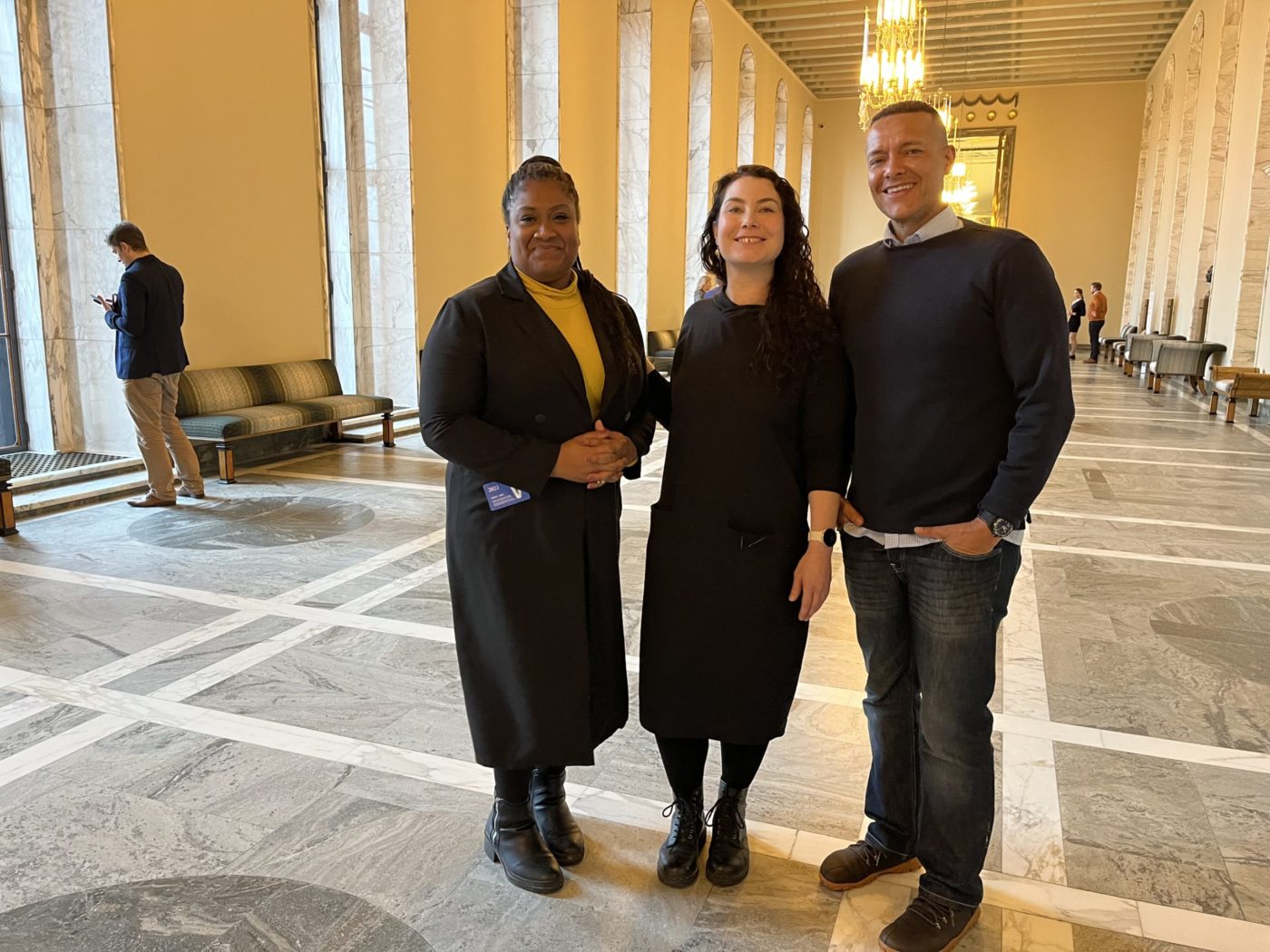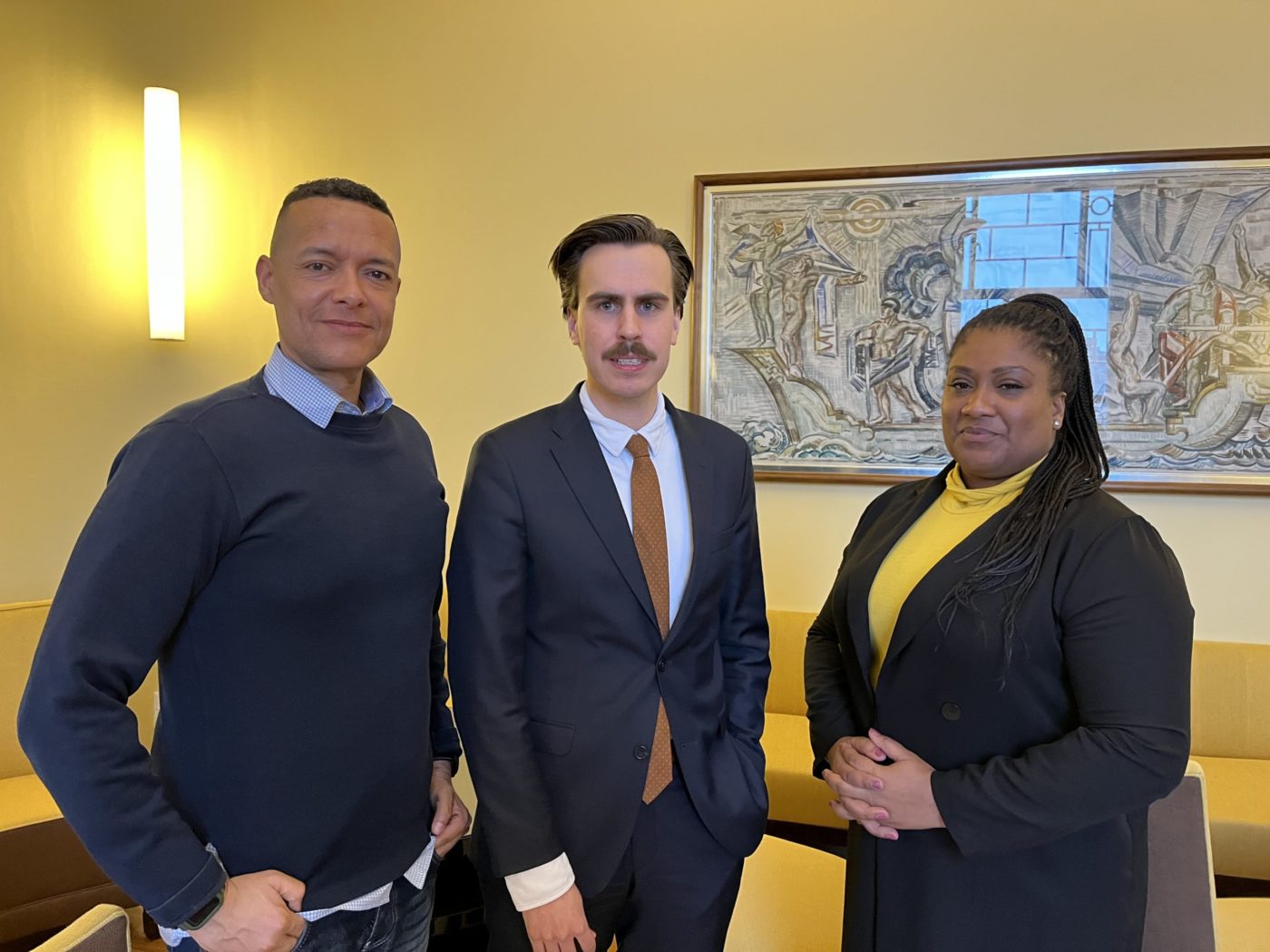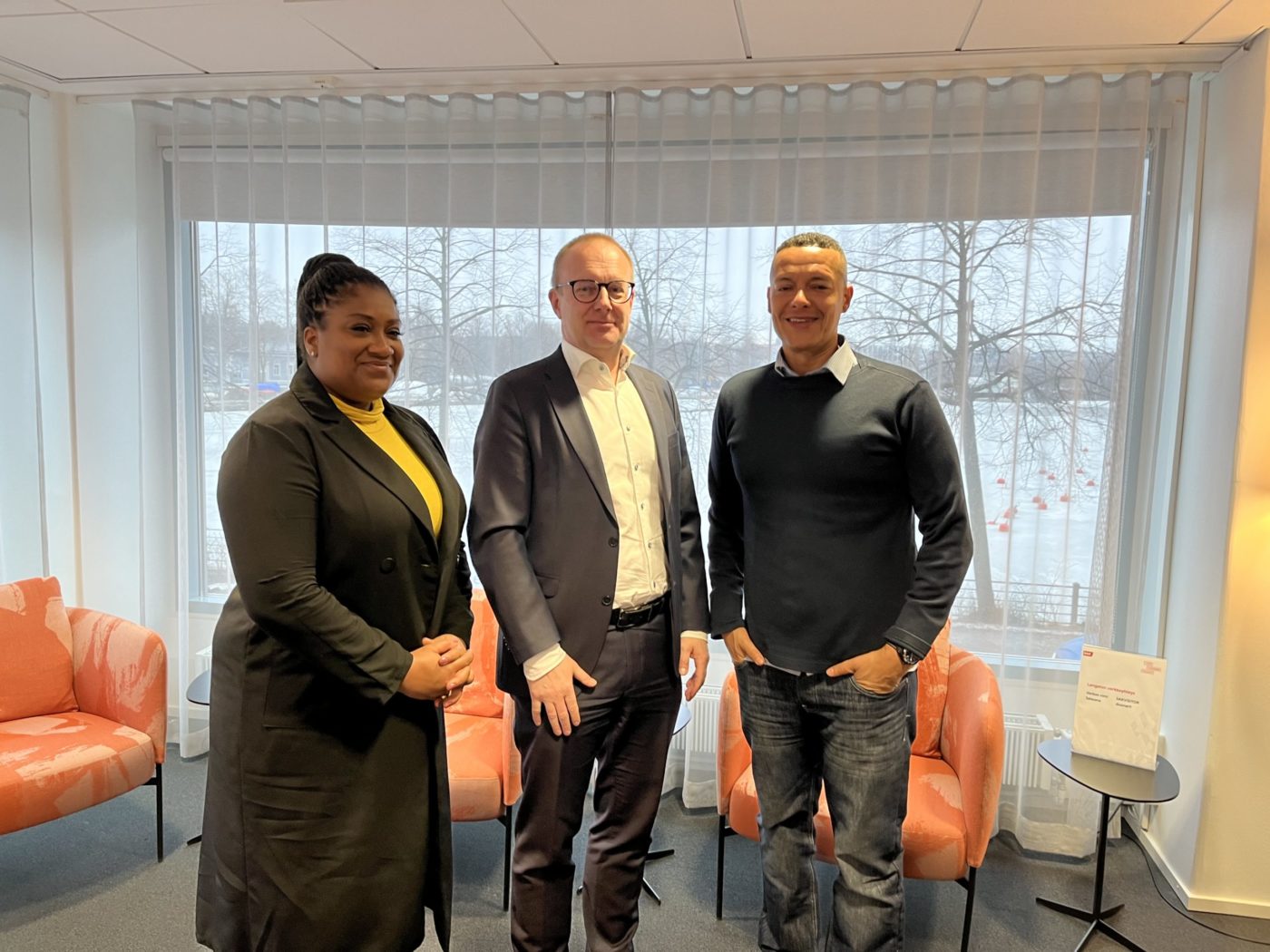Clive Lewis For Norwich South
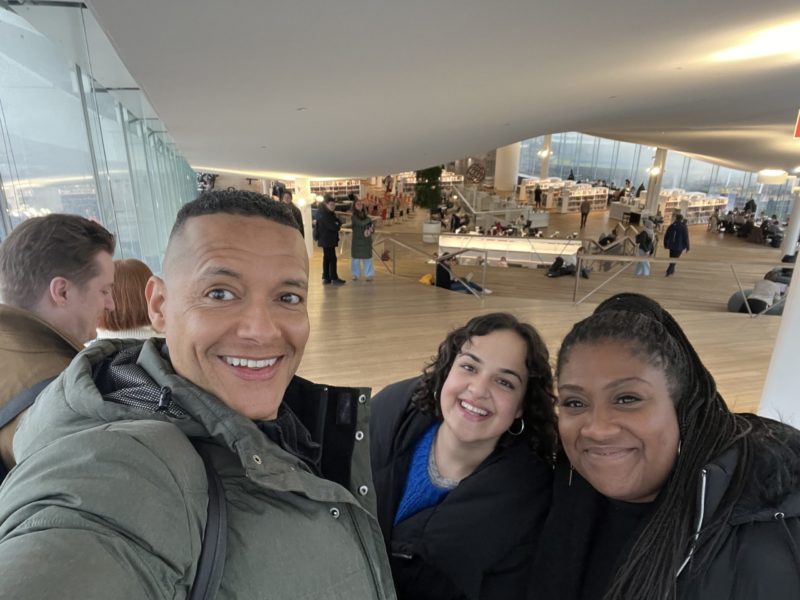
In February during Parliament’s recess I was fortunate enough to be taken to Finland to meet Social Democrat, Left Alliance and Green members of the current Finnish government. In addition to building international relationships with like-minded Parliamentarians, the purpose of the trip was also to gain a better understanding of the Finnish political system, and the political issues confronting centre-left political parties there, as well as a greater understanding of Finnish public services.
The trip was arranged and funded by the Rosa Luxemburg Stiftung Foundation – one of the six major political foundations in the Federal Republic of Germany, tasked primarily with conducting political education both at home and abroad. The foundation is closely linked to Die Linke, the German Left Party.
Geography
Finland is a Nordic country. It shares a land border with Sweden to the northwest, Norway to the north, and Russia to the east (more on that later), sitting just north of the Baltic states (there’s a small gulf between them). It has a population of 5.6 million about the same as Scotland but is around four times as large. Helsinki is the capital and largest city. The vast majority of the population are ethnic Finns although there are a small number of indigenous peoples in Lapland, the Sami. Finnish and Swedish are the official languages.
History
As an avid historian, one of the areas of background I always find useful to dig into when travelling to new countries, is its history. Without such historical context, I find getting your head around a country’s current issues almost impossible.
In Finland, the two countries that have dominated its near history are Sweden and Russia – the former absorbing the country into its empire around the Middle Ages and the later from the 18th century after a series of conflicts between both Russia and Sweden in the 18th century. Eventually by the start of the 19th century Finland became a quasi-autonomous Duchy of the Russian empire. In 1907 it became the second country in the world to adopt universal suffrage – with 19 out of the 200 MPs elected being women.
By 1917 and the replacement of the Russian czar with the brief Russian Republic, the Finnish Social Democrats (a combination of social democrats and Marxists – much like the early British Labour Party) wanted to maximise Finnish autonomy. But right-wing/conservative politicians were reluctant to do this. But once the short-lived Republic fell and the Bolsheviks took power in Russia the conservative factions changed their tune and sought outright independence – which Lenin’s Bolshevik administration granted in 1918.
However, by now the chaos of a war-torn European continent, Germany’s near civil war and revolutionary instability in Russia – spilled over into Finland. This took the form of a civil-war between the Reds and the Whites – mirroring the civil war conflict in the former Russian Empire.
In Finland, the conservative Whites with the help of Germany beat the Reds (social-democrats and Marxists). This was a bloody civil war (see the above photo of the bridge outside the equivalent of the Finnish TUC, to this day riddled with bullet holes from this violent conflict) which saw many Reds and their families and sympathisers rounded-up, tortured, killed, imprisoned and starved to death – many in camps – by the Whites.
In the 1939 Finland fought the Soviet Union after it launched an attack against the county and was eventually stopped. Gustav Mannerheim – a Finnish aristocrat and chief military commander at the time, was instrumental in defeating the Soviet incursion. As such he became a national hero. However, Mannerheim was also the leader of the White forces in the 1920’s and responsible for many of the atrocities committed against his fellow Finns in the civil war and after. Thus, his status as ‘national hero’ is fraught and complex one to this day.
In 1941 the Finns joined with the German’s – to fight the Soviet Union and attempt to regain land lost in the 1939 war. Then in 1944/45 they fought the Germans to force them out of Northern Finland.
Post-World War II Finland signed peace treaties with the now victorious Soviet Union which included reparations and the ceding of territory to them. Finland received no Marshal Plan money from the US after the war and combined with reparations, made for a tough economic period. Finland also declined to take sides in the cold-war, pursuing a policy of ‘non-alignment’ instead.
In 1968 the Finnish League party – the political grouping to the left of the country’s social democrats – split in all but name. This was over the invasion of Czechoslovakia by Soviet troops as they attempted to supress, what was considered by many to be a democratic socialist renaissance in the country. For the Soviets it was a direct challenge and threat to the established post-war order for eastern and central Europe. The party split internally along these lines with the Finnish new left born out of this dispute. Eventually, as the majority, they formed what is now known as the Left Alliance party whilst those supporting the Brezhnev doctrine and the invasion of Czechoslovakia broke away to form the Finnish Communist Party.
This history has, as you would imagine, had a profound effect on Finland, especially in political terms.
Political Culture
Finland is a parliamentary republic that utilises proportional representation (‘PR’) as a voting system and has an elected head of state (it briefly flirted with monarchy but came to its senses pretty quickly).
One of the most striking elements of Finnish politics is the political culture of the centre left parties. Finland is a country divided politically between cities and countryside. In the cities the centre-left dominates (Greens, Social Democrats and Left Alliance) in the more rural areas the Conservatives, True Finns (a racist, populist party in the mould of Front National in France and the hard-right populists now in charge of Italy) and Centre Party, (a liberal conservative agrarian party) dominate.
With a PR voting system, this has been critical in creating a political culture both within and between centre-left parties. Internally, we shall see how this has worked shortly, but externally it enables the cooperation necessary to work together to form governments. Indeed, the current government coalition is made up of the Social Democrats with junior partners from the Left Alliance, Greens and the Centre Party.
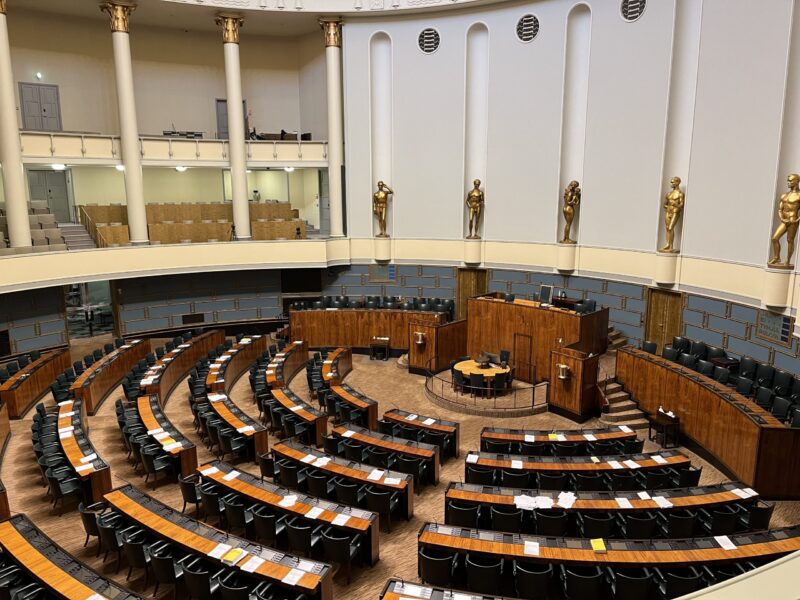
Welfare State
Finland has one of the world’s most extensive welfare systems, one that guarantees decent living conditions for all citizens. The Welfare system was created almost entirely during the first three decades after World War II, with little post-war external help in that time from Europe and the US. I noted a few things from this whilst there.
The first is that because of this post-war austerity period where Finnish households saved to invest (having no US Marshal Plan money to borrow) – the framing of ‘the state shouldn’t max out on its credit card’ holds great sway. This is despite the fact a state has to borrow to invest and is nothing like a household: in an economy one person’s spending is another’s income. In a household what you spend leaves your household budget; the two therefore aren’t comparable. Despite a fantastic attitude to the public realm, this framing is still prevalent in public economic thinking and a challenge for left parties.
The second is an intense pride in what Finland has achieved in the post-war period. Although the neoliberal reforms of the 1980s and 90s that swept much of Europe have had an impact on the country, it nonetheless has retained a great deal of its ‘Nordic Model’ social development.
Homelessness, extreme poverty and high levels of income and wealth inequality are minimal. Public transport, the arts, culture, childcare and social security are all well-resourced. A classic example of what is possible in the public realm is the stunning Oodi Public library.
Before a single brick was laid – the public were invited to actively vote and even help design their library. Inside the spectacular modern and beautiful building is one of the most beautiful public spaces you will come across. Inside are beautiful open plan floors containing restaurants, books, chess playing facilities, baby and toddler spaces, cafes and much more. Robots replace books, whilst state of the art music studios, meeting rooms, games console cubicles, sewing machines, 3D printers and much, much more are all open to be booked out and used – completely free of charge (for 3D printer you provide the print material). It’s simply jaw dropping and in such stark contrast to the public spaces and libraries we have here in the UK.
NATO Membership and the Invasion of Ukraine
Russia’s invasion of Ukraine was a game changer for the country. For much of the post-war period Finland adopted a policy of ‘nonalignment’ or as the quote goes, ‘Neither Washington or Moscow’.
The reasons for this are pragmatic, historical and of course geographical, with Russia on Finland’s eastern border. But the invasion of Ukraine has shifted both public and political perceptions on the policy.
Prior to the invasion more than 60% of Finns have pretty consistently backed their country’s policy of nonalignment and thus refused to apply for NATO membership. However, after the invasion that figure flipped, with just over 60% in favour. For parties of the left this was deeply problematic. NATO’s recent foray into Afghanistan and Libya was deeply unpopular and seen by some as ‘imperial over-reach’ and straying from the organisation’s raison d’etre for European defence.
Whilst the Social Democrats pivoted almost seamlessly to this new reality, the Left Alliance struggled. And yet under their leader, Li Anderson (not to be confused with the Tory vice chair!) the Left Alliance has managed to come to the same position. This meant as a coalition partner it did not bring its own govt down by voting against its application for NATO membership.
Everyone we spoke to in Finland sang the praises of Li Anderson and her careful stewarding of the party on this controversial and divisive issue. The party vote on the matter saw 51% back NATO membership. This could easily have led to a split if the slim majority had chosen to impose its victory on the minority. Instead, Li fostered a culture of engagement, conciliation and compromise.
Those that opposed NATO membership could still publicly endorse that position. But those members in the government were also given permission to vote for NATO membership and thus not bring the govt down. It’s still a hugely divisive issue, but all agree the approach of Li has kept the party together when many others would have imposed the narrow majority on the minority. Listening to this you cannot but envy such political culture in comparison to the political culture of Westminster and even the Labour Party.
Finnish Military
Finland is one of only five EU countries to have a conscripted army (males only). Surprisingly, even those in the Left Alliance I met, spoke enthusiastically of their military service – which continues for them over many years as reservists.
The military is a reflection of Finnish society. With no monarchy, a limited and narrow class system (compared to the UK) and relatively low inequality – the Finnish military is seen as a force for social cohesion. Speaking to left-wingers, it’s a shared experience many appreciated, helping build the social solidarity required for such an extensive welfare state and public services.
A cross-party committee has now proposed extending military call-ups for women, although not outright conscription. Suffice to say, military duty in Finland is seen as a positive and affirming civic duty by the vast majority.
Sauna Diplomacy
Finland is a country where there are more saunas than cars. The figure is close to three million – more than one for every two people in the population. Indeed, the term ‘sauna diplomacy’ was not only coined in Finland but is also integral to the country’s diplomatic efforts. All of the 98 Finnish consular and diplomatic missions around the world have their own sauna.
This made avoiding them pretty difficult. As you’ll see from the photos above myself and others on the visit attended a free, communal sauna – open to all. Nudity is common in Finnish saunas and it’s only recently that etiquette has allowed those attending to choose to cover their modesty. Not all in our party did so – but I knew the good citizens of Norwich expect a certain decorum from their MP! As such my trunks stayed firmly on. That challenge met, the next was coming out of the sauna and into the ice-hole cut into the frozen sea. A truly memorable experience and one fitting for such a fascinating visit.



